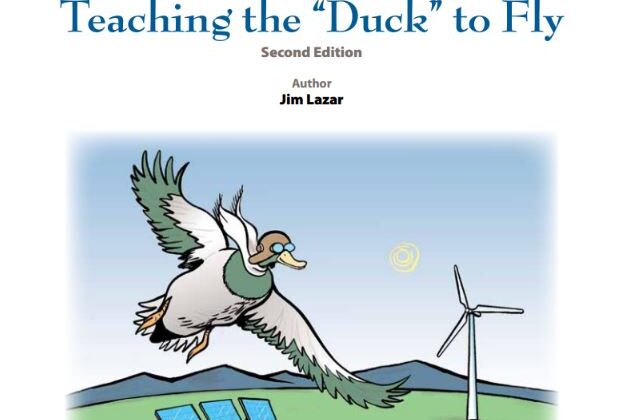Filter >>
Content Filter:
China’s electricity sector is at the beginning of a paradigm shift from an industry characterized by very high growth to one more focused on economic efficiency and environmental performance. When evaluated with a focus on generation capacity, China’s existing coal-fired… View Summary +
Both in the European Union (EU) and globally, the use of energy efficiency obligation (EEO) schemes–policies that place an obligation on energy companies to deliver end-use energy savings targets over time–has been growing. For EU Member States implementing an EEO… View Summary +
The electric industry is in transition and some jurisdictions are reconsidering the role of the utility and private enterprises offering products and services to customers. New companies are offering services and products, including energy efficiency, demand response, and distributed generation,… View Summary +
Ever since the introduction of retail competition in the late 1990s, the traditional regulatory paradigm that guided the last century has been evolving to adapt to the emergence of new energy technologies and the consumers’ appetite to have more control… View Summary +
Ten years ago, the most aggressive electric efficiency efforts in the country were achieving first-year electric savings of about 1.0 percent of annual sales. Today, at least five different states have—or plan to—double those levels of savings, achieving between 2.0… View Summary +
Data suggest that the electric power sector’s long march toward decarbonization was already well underway before the EPA’s Clean Power Plan (CPP) rulemaking, let alone the final rule’s compliance period, which doesn’t begin until… View Summary +
Jim Lazar confirms that electric grid managers and utilities can integrate high quantities of variable renewable energy, like solar and wind power, and dramatically reduce carbon emissions by using several existing, and dependable market-proven strategies and technologies in this update… View Summary +

Energy efficiency is a valuable, least-cost alternative to supply-side investments. States’ recognition of this value has grown dramatically in the U.S. over the past ten years, with leading jurisdictions now acquiring more than twice as much electric efficiency savings as… View Summary +
Faced with the complexities and opportunities created by an increase in distributed customer energy resources, Rhode Island is poised on the edge of a fundamental change in its energy system. Energy efficiency, demand response, renewable energy, and new electric technologies… View Summary +
Europejski system energetyczny znajduje się w fazie transformacji, której źródłami są postęp technologiczny, zmieniające się modele biznesowe i dążenie do zmniejszenia emisji CO2. Komisja Europejska postawiła ambitne cele na rok 2030, a kraje członkowskie wspierają ich realizację. Osiągnięcie 40% poziomu… View Summary +

